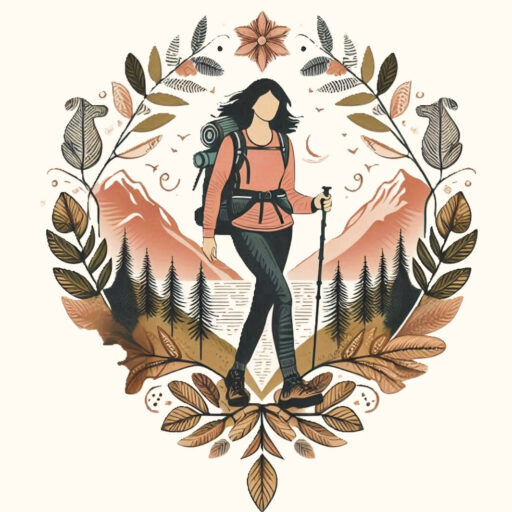Protecting Against Wildlife Encounters
Staying aware on the trail isn’t just about checking out the stunning views but also about keeping your senses alert to your surroundings. Making noise while hiking is a great way to let wildlife know you’re in their neck of the woods. Simple things like chatting with your hiking buddy or clapping your hands can prevent an unexpected face-to-face with a surprised critter.
Hiking solo can be tempting for some soul-searching or head-clearing, but there’s safety in numbers when roaming through areas where wildlife doesn’t shy away. Animals, much like people, think twice before approaching a whole crew of hikers.
Timing your adventure is key to steering clear of wildlife hotspots. Dawn and dusk are prime times for animal activity. This doesn’t mean you need to cut your trip short, just plan to start your day hikes when the sun is up and keep an eye on the time as it starts to dip in the evening.
Equipping Yourself Against Wildlife
Knowing what you’re up against goes a long way in staying safe outdoors. Taking some time to research the local wildlife before heading out is smart. Understanding tracks, scat, and other signs can tip you off to what’s lurking nearby.
Bringing the right tools can make all the difference in a quick-thinking moment. Bear spray is a must-have if you’re trekking in bear country, but make sure it’s easy to grab and you know how to use it. Don’t forget a whistle or air horn—these are not just for show; they can scare animals away or alert others if you’re in a pickle.
Having a solid first aid kit in your pack is like an insurance policy for the unexpected. Stock it with essentials for dealing with bites or stings, especially if you’re wandering through snake territory or areas buzzing with insects. It’s all about being prepared to handle whatever nature throws at you.
Safe Practices in the Great Outdoors
Handling your food wisely could be your ticket to avoiding unwanted animal guests. Throw your snacks in bear-proof containers or seal them up in odor-proof bags and you’ll lessen the attraction. Always remember to pack out all your trash—a tidy campsite is a safer campsite.
Permanent campsites are not your backyard, and proper camp setup is more than just a good practice. Separate your cooking and sleeping areas by at least 100 yards. If you’re in bear territory, hang your food or use a bear canister to keep pesky paws at bay.
Sticking to marked trails is also about respecting the wilderness as much as it is about personal safety. Avoid veering off-path to prevent stumbling upon animal homes or nests. This conscientious approach also helps preserve the natural environment for future adventurers.

Leave a Reply